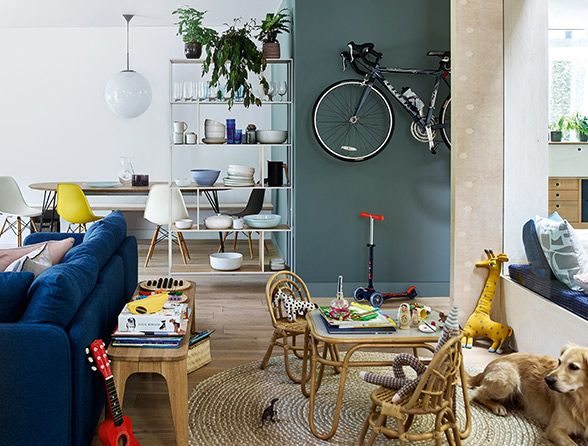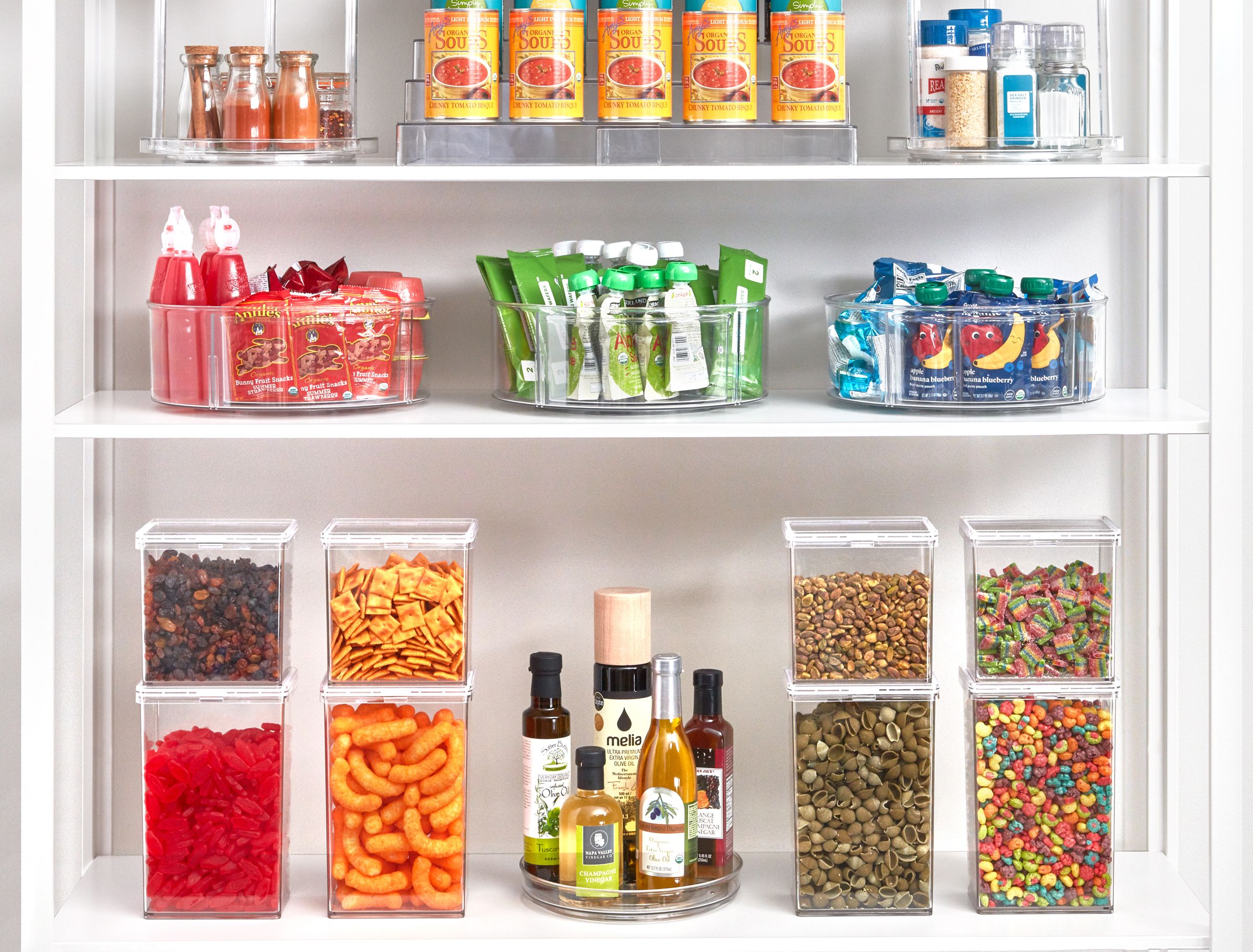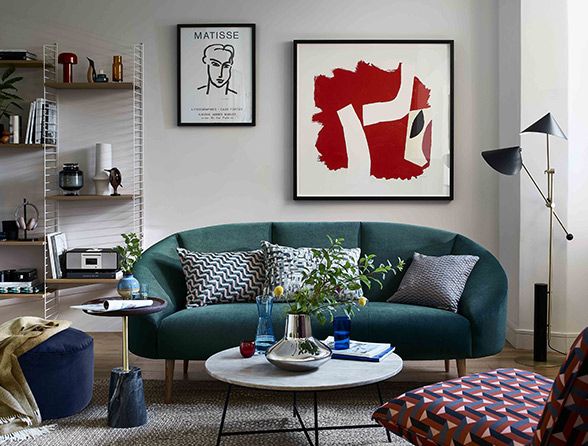5 easy ways to work more texture into your home
Turn up the texture – it’s the perfect way to add layers of warmth and colour for autumn
Does your home feel like it’s missing something? That even though you’ve moodboarded and shopped, consulted with friends and social media and rearranged your coffee table more times than is healthy, it’s still not giving you that warm, fuzzy feeling? Then you need to add or play with texture. By texture, yes, we're talking about how you use different materials and finishes in your space, but also how these create interest in the way they are combined and layered.
In her new book, Home For The Soul (Ryland Peters & Small), interiors stylist Sara Bird says: ‘The sense of touch is important for our wellbeing and the surfaces that surround us should offer tactile and sensory benefits. Textures also contribute to the look of our homes, adding visual interest, contrast and personality.’
Here are five ways to bring more texture into your home.
Try a textured upholstery fabric
Go for easy, all-over texture with a new piece of upholstery. Try a bouclé, which is derived from the French word meaning ‘curled’ or ‘ringed’. For upholstery, this means you get a soft yet hard-wearing fabric. Select it on our made-in-the-UK Java II sofa, which is just perfect for lazy autumn days.
Style your new sofa with a super-soft wool-rich throw and a linen cushion, then sit it on a jute rug, adding a super-smooth oak side or coffee table. Think about how you combine your textured pieces, varying the weave, the finish and the feel of pieces of furniture. You are building up your home’s textural story with each piece you add. As Partner & Home Design Stylist Bethan Harwood says: ‘Pick pieces that you love to touch – you'll naturally gravitate towards these spaces in your home.’
Make a statement with light
As artists and designers play more and more expressively with materials, there are plenty of statement pieces that are big on texture as much as shape – such as our Harmony Ribbon collection. When it’s turned off, it looks like a structural vase, yet when the light's switched on, the room is softened by diffused light. ‘I love this piece – the structure isn’t rigid, it offers some movement,’ says Bethan.
Wooden furniture is a great way of playing with texture. ‘Match the tones of the wood used, but change the grain or finish to add layers of difference,’ says Bethan. Look for ribbed detailing on funiture, turning a practical piece – such as a sideboard – into something that’s full of style.
Layer up accessories
When combining soft furnishings, Bethan advises choosing natural textures: ‘Linen, cotton and rattan will always sit well together as they will create the same feel in a room,’ she explains. Layering cushions with different tactile textures on one piece of upholstery or a bed will create depth and make the space feel cosy – it’s all about creating layers of interest.
Look for different edges and finishes to add to your textured story – fringing that’s calling to be stroked, frayed edging on a linen throw giving a relaxed feel, or a contrasting trim. And don’t be afraid to mix the rough with the smooth – on-trend rattan and jute look great contrasted with smoother silks or linens.
Dress your table
Even your dining table can benefit from a hit of texture. Try a new table runner, or placemats in a warm cream or soft muted shade. Again, look for fringing which helps soften edges. A wooden tray or platter will also create a quick and easy centrepiece – just add a vase with a few fresh sprigs.
Mix and match dining chairs for another easy texture boost – look for rattan, cane or leather seats, while a sheepskin throw can soften the lines of a wooden bench.
Choose artisan-style tableware
‘Glassware and ceramics are the perfect addition to a scheme as their reflective surfaces will help to bounce natural light around your space,’ says Bethan. Look for artisan-style glazes and recycled glass.
Bring in different shapes – a layered home is all about creating visual interest, causing our eyes to stop and pause, and our hands to touch and indulge in the warm textures.
EDITOR’S TOP PICKS














